Wherever they are, people need water to survive. Not only is the human body 60 percent water, the resource is also essential for producing food, clothing, and computers, moving our waste stream, and keeping us and the environment healthy. Water scarcity is an abstract concept to many and a stark reality for others. It is the result of myriad environmental, political, economic, and social forces. Due to geography, climate, engineering, regulation, and competition for resources, some regions seem relatively flush with freshwater, while others face drought and debilitating pollution. This means that every year competition for a clean, copious supply of water for drinking, cooking, bathing, and sustaining life intensifies.
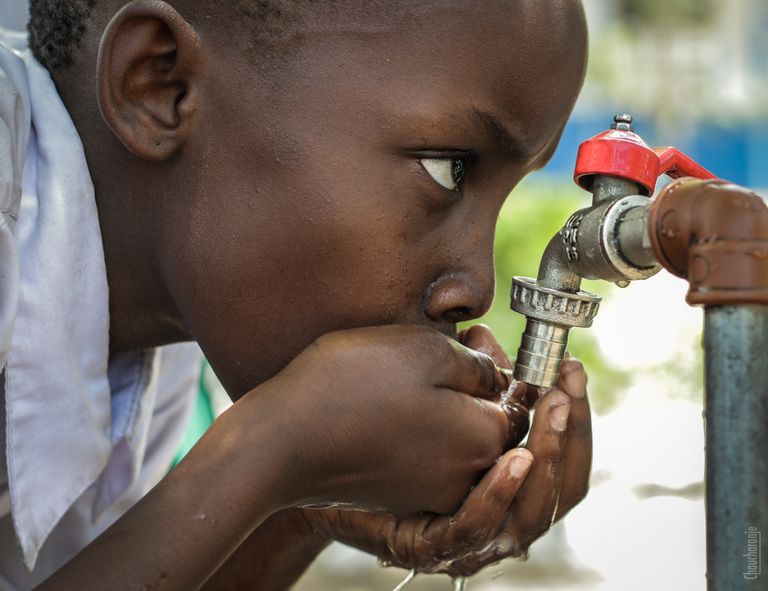
The water you drink today has likely been around in one form or another since dinosaurs roamed the Earth, hundreds of millions of years ago. While the amount of freshwater on the planet has remained fairly constant over time—continually recycled through the atmosphere and back into our cups—the population has exploded. Have you ever wondered which countries have tap water that is safe to drink?
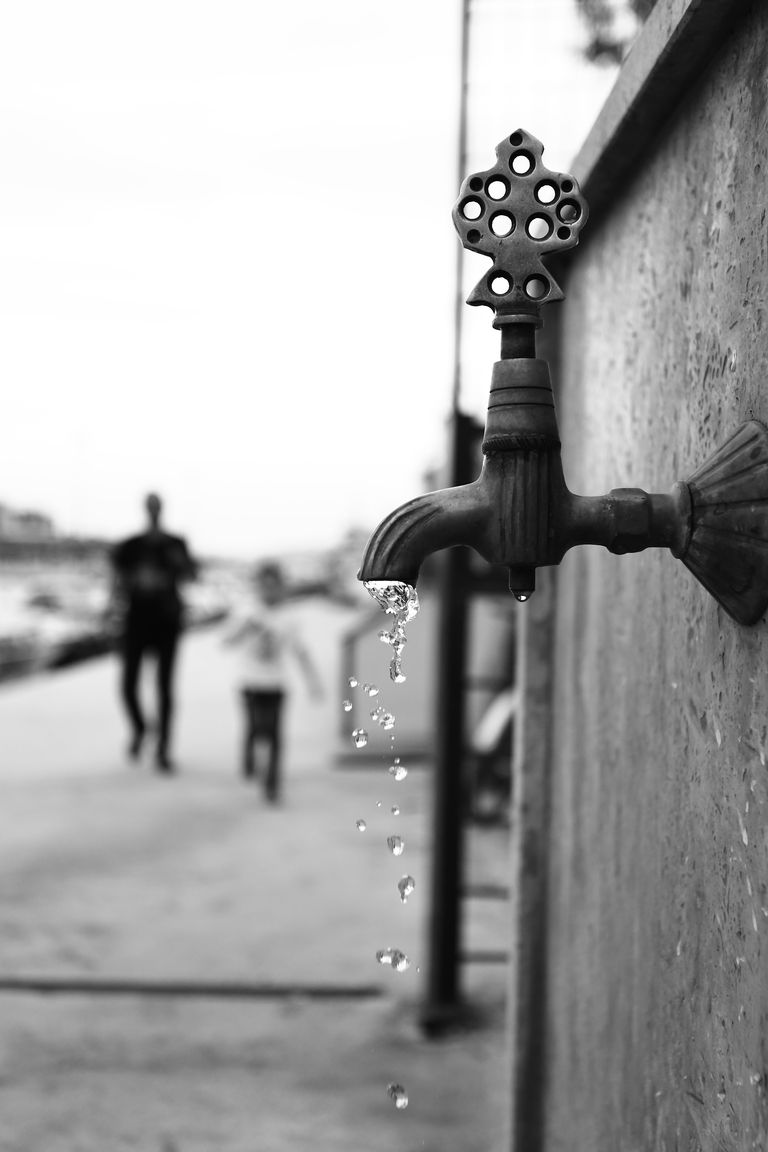
Water covers about 71% of the earth's surface.
326 million cubic miles of water on the planet
97% of the earth's water is found in the oceans (too salty for drinking, growing crops, and most industrial uses except cooling).
3% of the earth's water is fresh.
0.5% of the earth's water is available fresh water.
If the world's water supply were only 100 liters (26 gallons), our usable water supply of fresh water would be only about 0.003 liter (one-half teaspoon).
This supply is continually collected, purified, and distributed in the natural hydrologic (water) cycle.
320 million cubic miles of water in the oceans
In actuality, that amounts to an average of 8.4 million liters (2.2 million gallons) for each person on earth.
2.5% of the earth's fresh water is unavailable: locked up in glaciers, polar ice caps, atmosphere, and soil; highly polluted; or lies too far under the earth's surface to be extracted at an affordable cost.
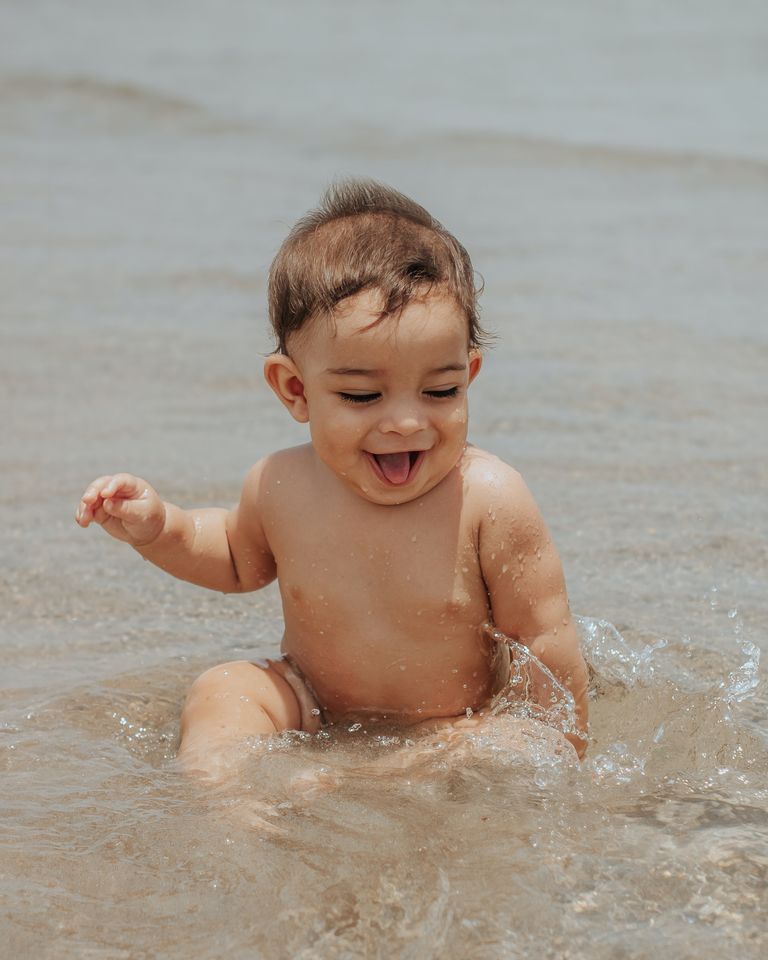
Freshwater makes up a very small fraction of all water on the planet. While nearly 70 percent of the world is covered by water, only 2.5 percent of it is fresh. In much of the developing world, clean water is either hard to come by or a commodity that requires laborious work or significant currency to obtain. The rest is saline and ocean-based. Even then, just 1 percent of our freshwater is easily accessible, with much of it trapped in glaciers and snowfields. In essence, only 0.007 percent of the planet's water is available to fuel and feed its 6.8 billion people.
The following countries are said to have the cleanest drinking water in the world-
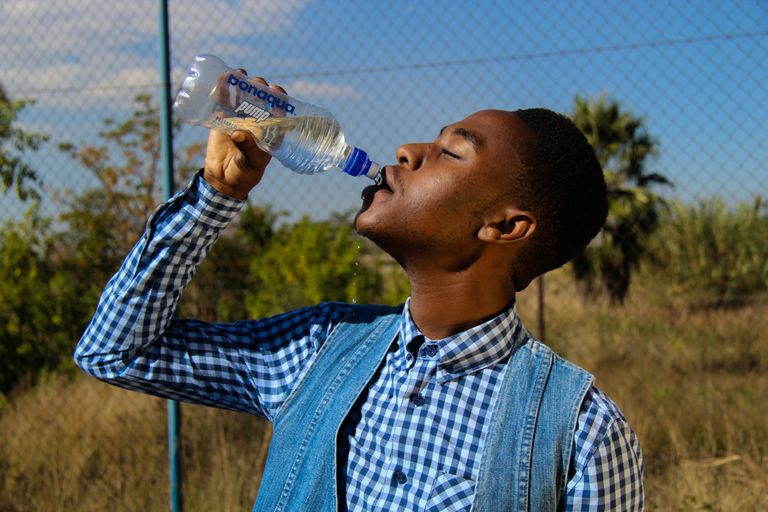
With 9% of the world’s freshwater resources, Canadian metropolises enjoy continuous access to clean and high-quality drinking water. Canada has strict guidelines regarding their water.
95% of all water in Iceland comes from springs in the ground, so it never comes in touch with any pollution. Iceland has stringent quality control, ensuring that they have a consistently high quality of water. This is something the Icelandic people are quite proud about.
Denmark has better tap water than bottled water. When taps have non-potable water, it is indicated explicitly. It’s no wonder they are one of the happiest countries in the world! Tap water is, in fact, the standard at cafes and restaurants.
Greenland offers iceberg-sourced water to its inhabitants as well as providing healthy and pure drinking water sourced from lakes and rivers. It is also possible to drink water from lakes and rivers, as well as use the ice from icebergs in your drink!

It is not only completely safe but a pleasure to drink. According to the United Nations, Finland ranks amongst the best in the world for its tap water quality.
You can drink the tap water in the major Colombian cities. Colombia ensures it provides clean and safe tap water for its inhabitants as well as tourists. In addition to this, they treat their wastewater to be used for agriculture.
The tap water in Singapore has gone through multiple levels of filtration, and the government of Singapore claims that the tap water is suitable for consumption without further filtration. This Island city-state is known for having clean water.
New Zealand has its own advanced filtration system, providing its inhabitants with the purest drinking water straight from the tap. NEW ZEALAND tap water is universally safe to drink.
Sweden has a reputation for being clean and pollution-free. The water quality is considered to be great, with almost no bacteria, especially in the cities. The tap water in Sweden is perfectly safe to drink, sometimes it is even more safe than the ‘bottled water’.
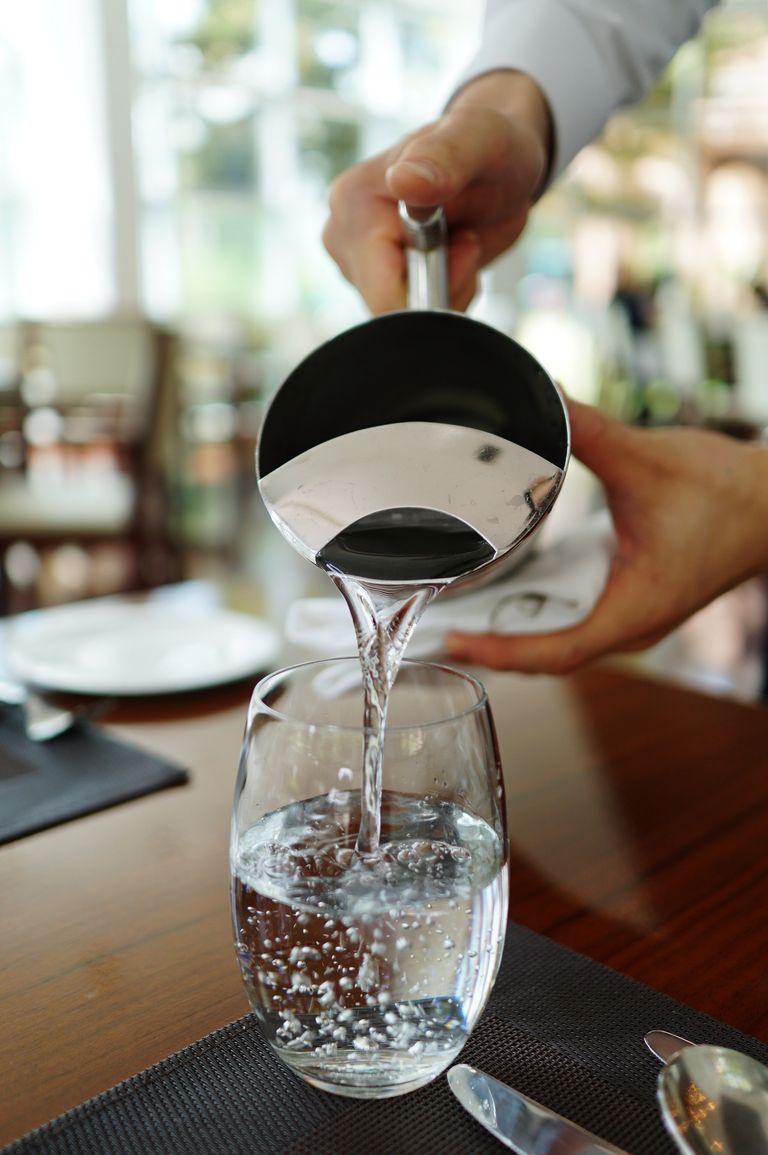
Sources of Fresh Water
Snow that is 4 inches (10cm) deep contains about the same amount of water as 1/3 inch (1 cm) of rain.
Surface-water runoff - precipitation that does not infiltrate into the ground or return to the atmosphere: streams, rivers, lakes, wetlands, and reservoirs.
Groundwater - water which infiltrates into the ground through porous materials deeper into the earth. It fills pores and fractures in layers of underground rock called aquifers. Some of this water lies too far under the earth's surface to be extracted at an affordable cost.

